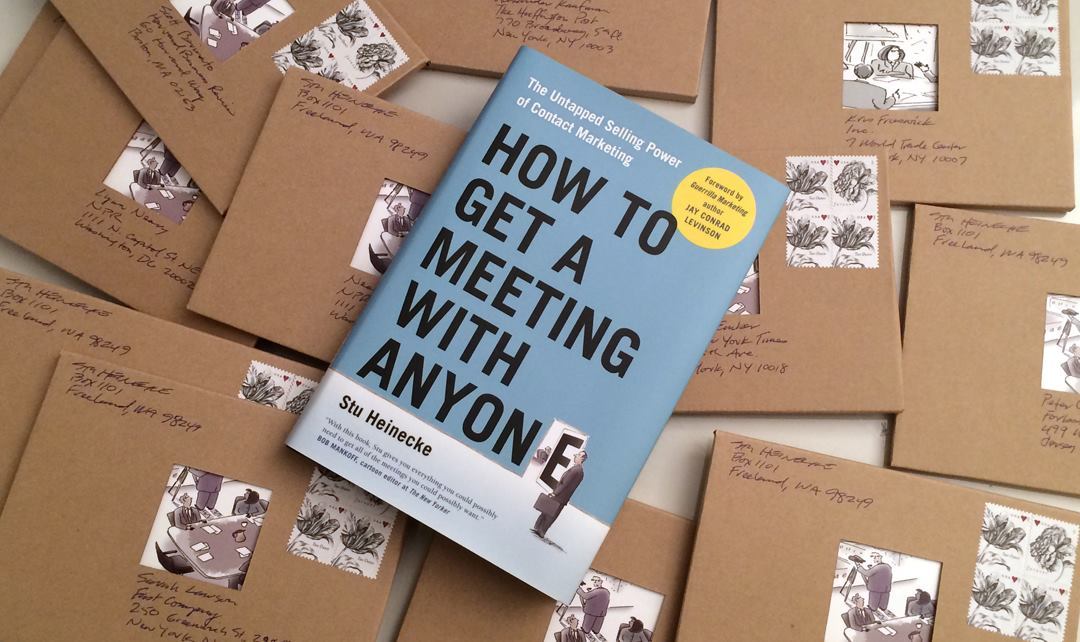What We Learned From a ‘Wall Street Journal’ Cartoonist About Successful Marketing

Mar 02 | 2017

Stu Heinecke
No matter what their field most entrepreneurs know what rejection feels like. You keep getting vexed by the executive assistants, your emails go unresponded to for weeks and months on end, and you’ve been transferred to everyone in the department but the person you need. Getting a foot in the door now requires much more
